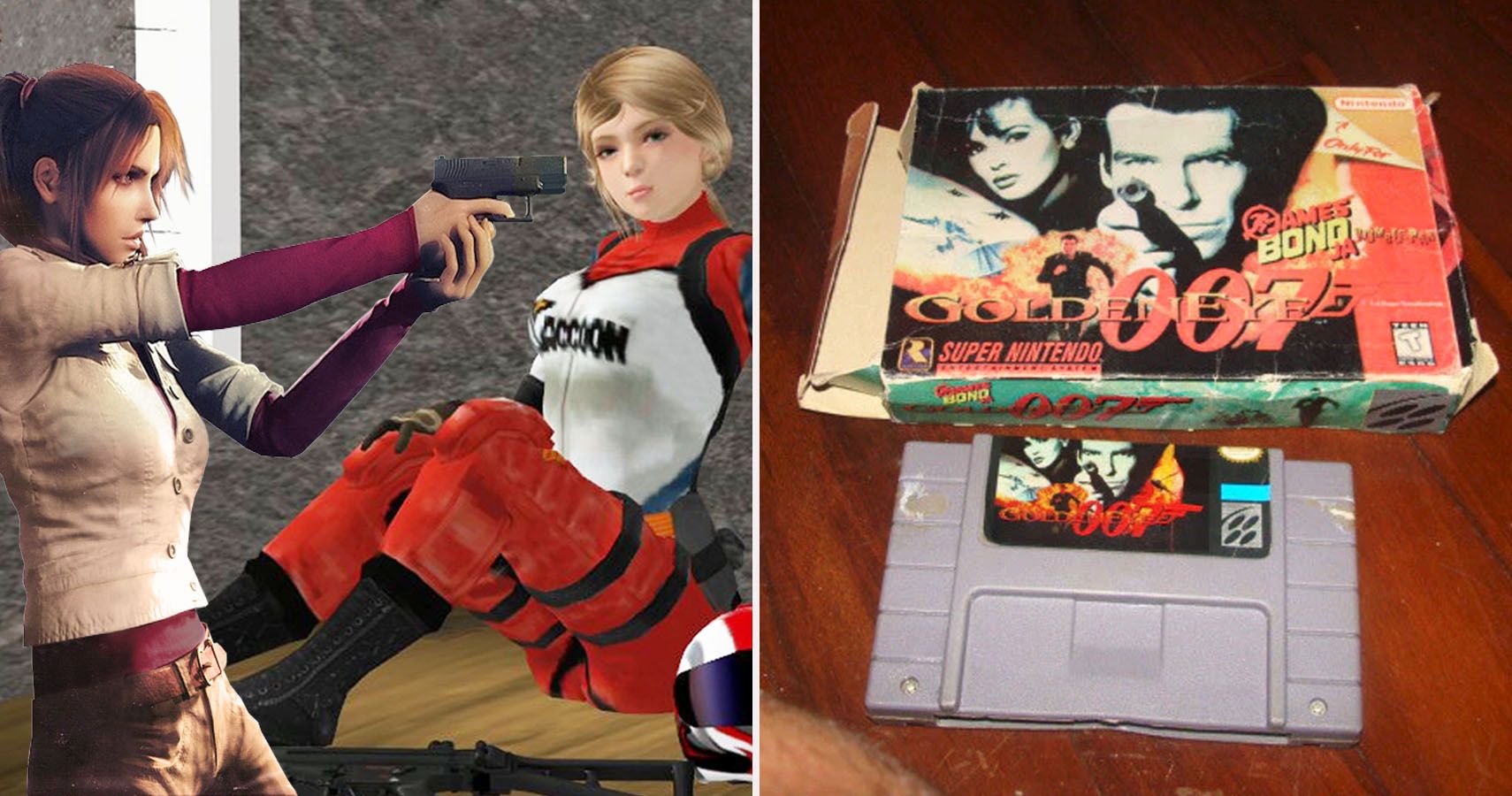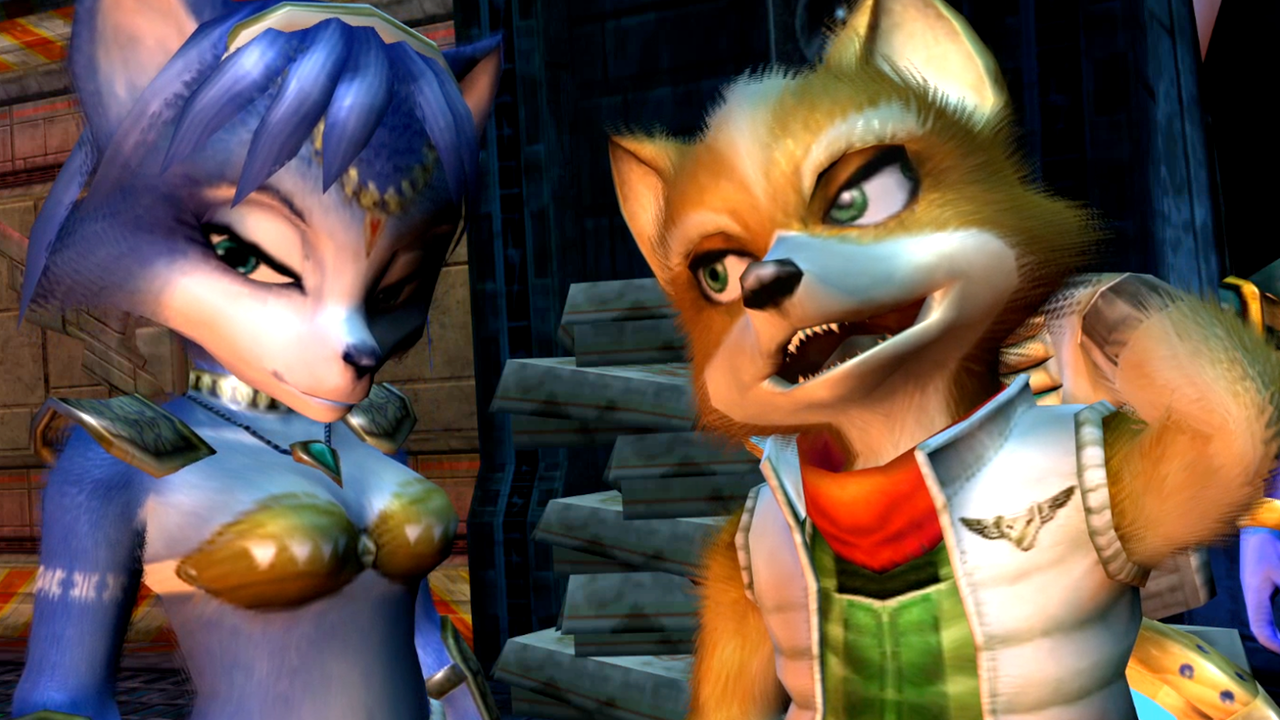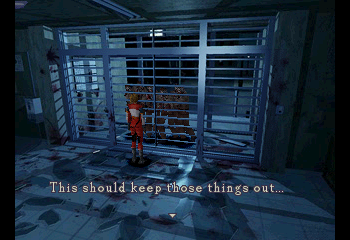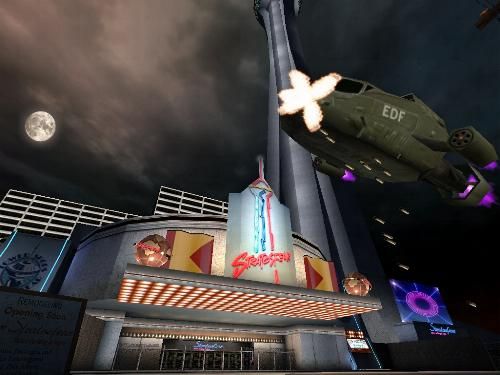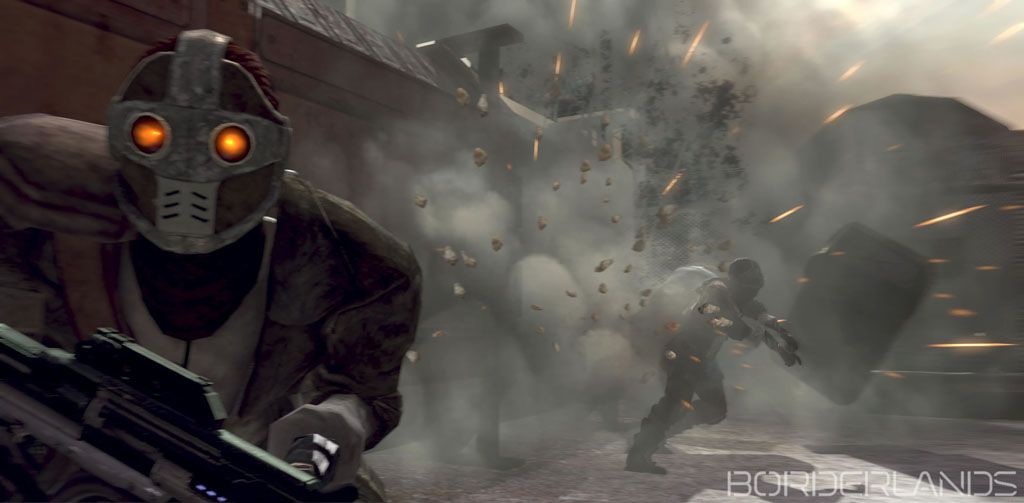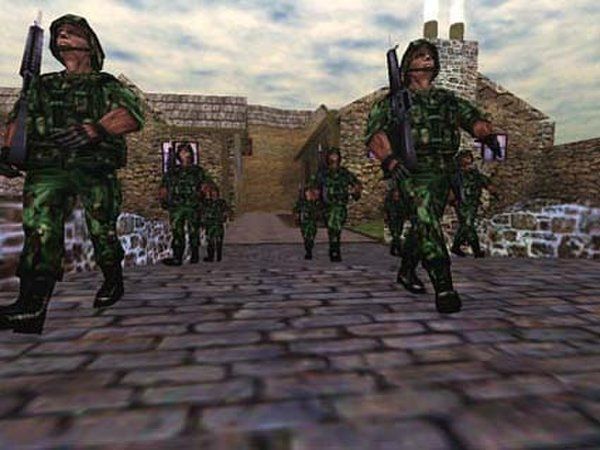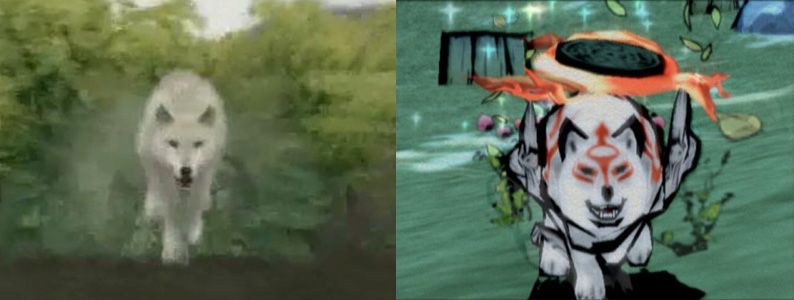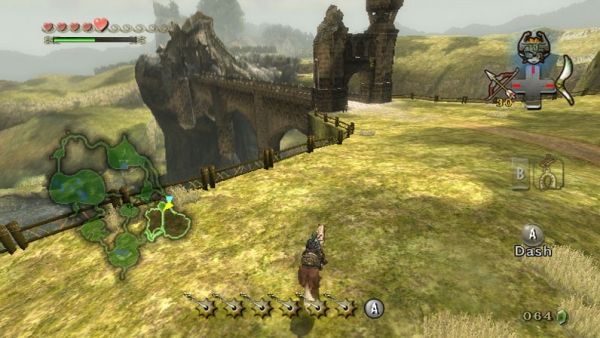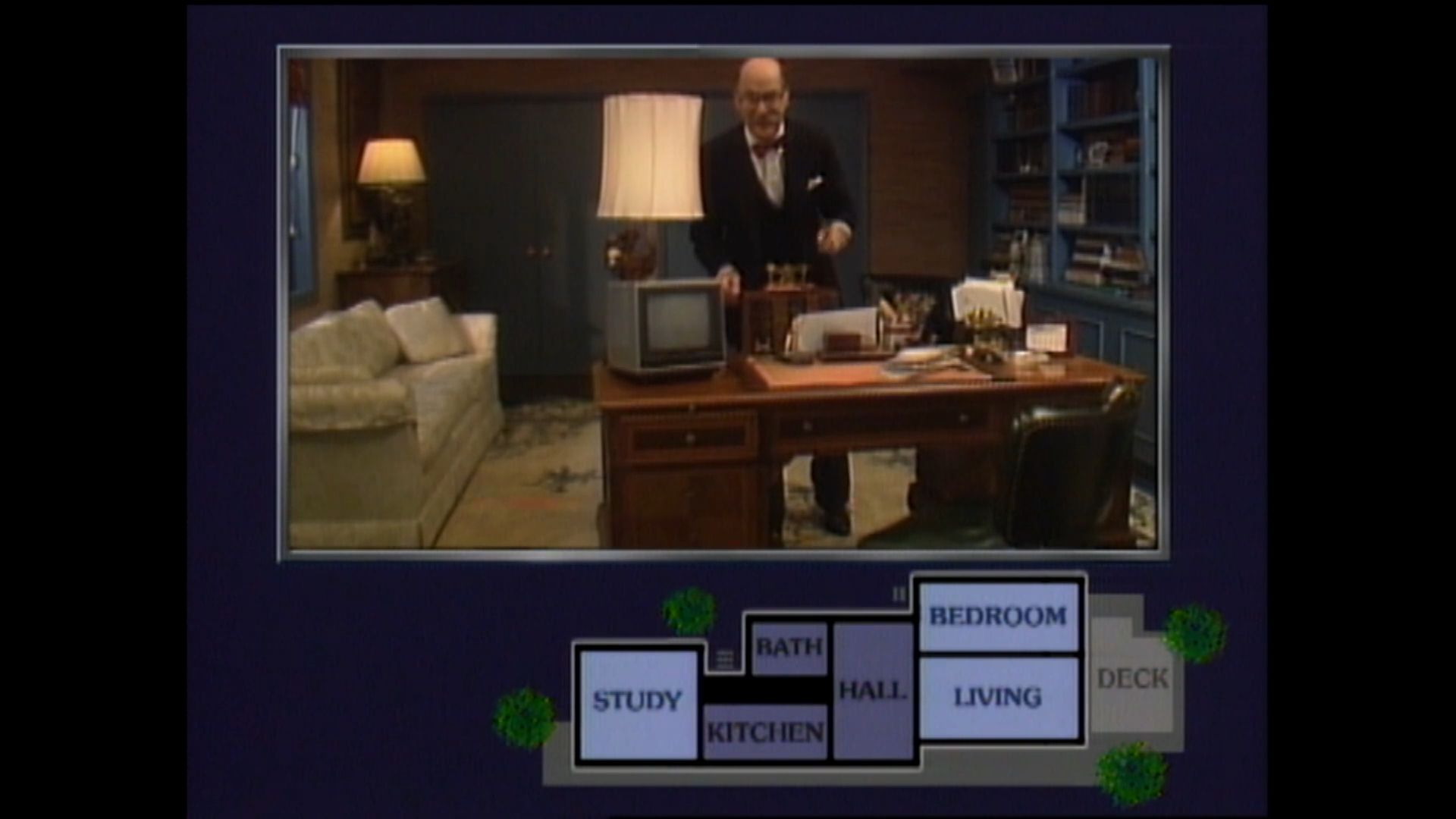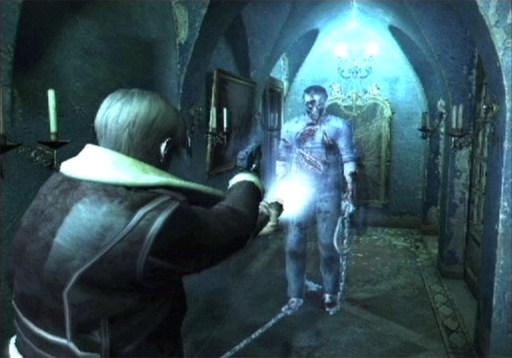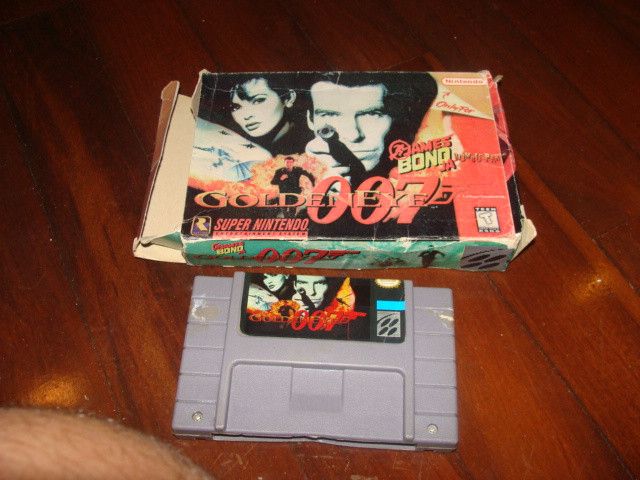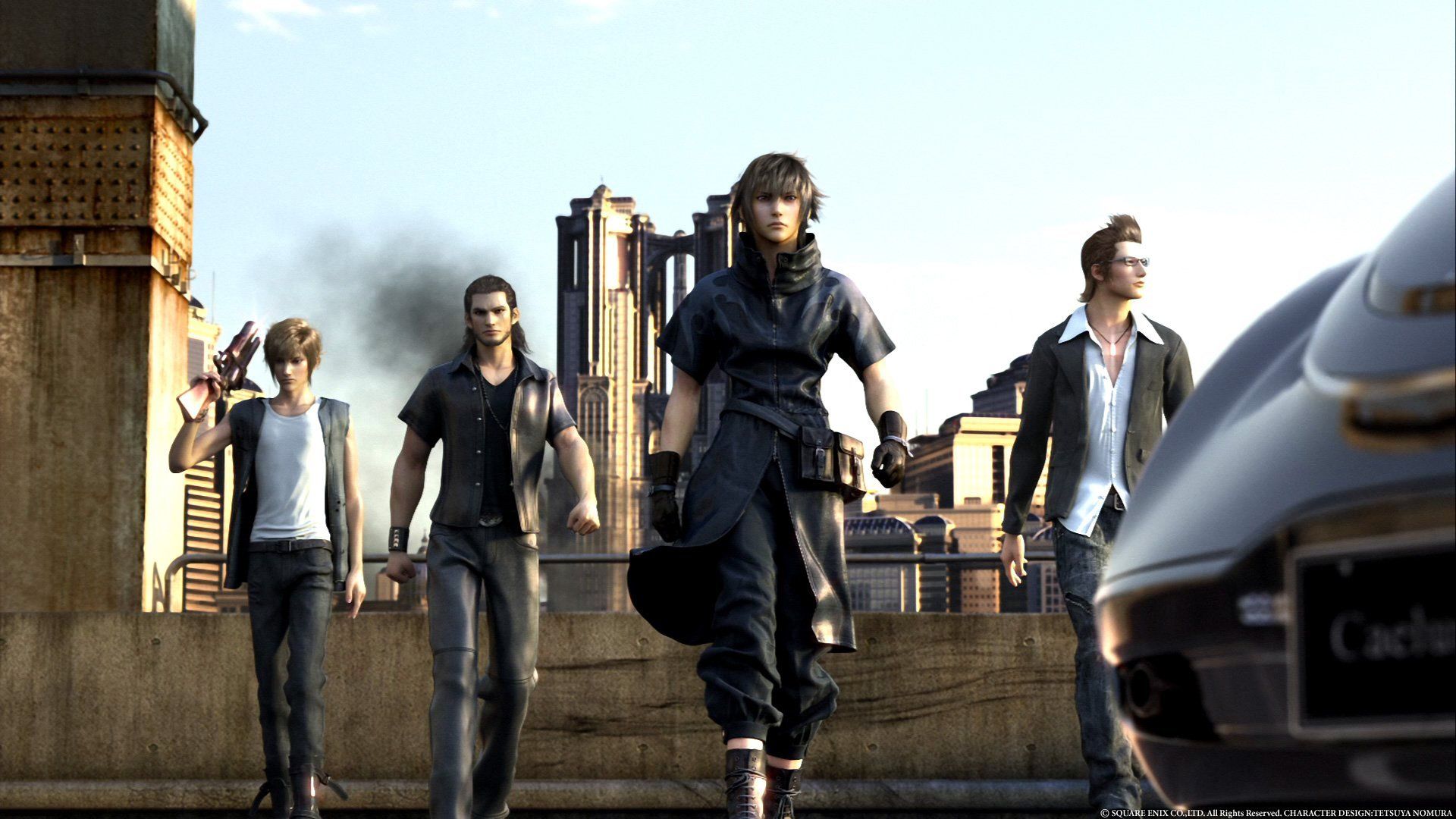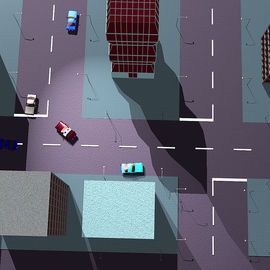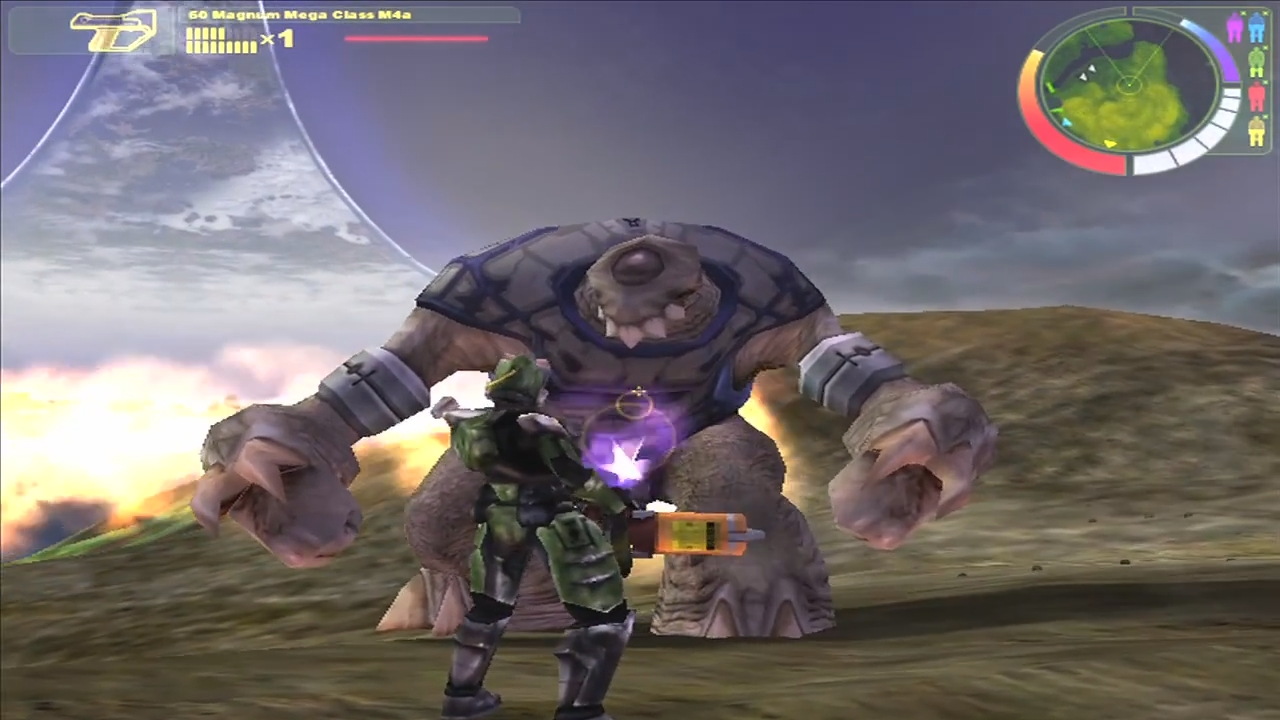Many video games go through rather long development cycles, some lasting longer than others. While some companies are able to pump out a new sequel to a franchise once a year, other games often times take years or in drastic cases over a decade to see the light of day after getting stuck in development hell.
Naturally, when games get stuck in such a vicious development cycle, multiple changes are made over the years. While not all video games change are due to long development cycles, many games still start off with different ideas than what we actually end up purchasing once they've gone gold. Sometimes, these changes are for the better, with the extra time the developers have to work allowing them to do things like create a more deeply involved story, or characters, or tweak the gameplay. Other times, these games are clearly doomed, and no amount of changes (good or bad) can save them.
From simply switching up a game's design to rescuing it from development hell, here are 15 game changers that came out completely different than initially planned.
15 Why Would A Plumber Have One Of Those, Anyway?
Following the success of the arcade hit Mario Bros., Nintendo wanted to carry its flagship plumber over to its first video game console, the Nintendo Entertainment System. Nobody could have predicted the widespread success that Super Mario Bros. would come to have with its simple yet fun gameplay: coin collecting, stomping on goombas, and eating mushrooms. Surprisingly, early documents for the game had different gameplay elements that were never seen, which could have given us a very different plumber than the one we know today.
Initially, Mario was planned to have a few different abilities at his disposal, including a jet pack and giving Mario a gun during certain "run-and-gun" segments. In the end, Shigeru Miyamato felt that this gave Mario too many abilities at his arsenal, making the game too easy. The ideas were eventually stripped, leaving us with the classic platformer that we have today.
14 What Do You Mean This Wasn't Originally A Star Fox Game??
Rare has a history of starting a particular game, but many times it won't actually make it to store shelves until new generations of consoles have hit the market, causing it to jump ship to a newer gaming system. Take Dinosaur Planet for example, a game that was supposedly intended to be Rare's last game for the Nintendo 64 that was meant to be an action adventure game, following similar gameplay elements as The Legend of Zelda series.
Noticing physical similarities between Dinosaur Planet and the Star Fox series, Shigeru Miyamato persuaded Rare to turn the game into a sequel to Star Fox 64, thus creating Star Fox Adventures. Despite it essentially being the same game, it completely changed its brand to one that was more familiar to gamers falling in the Star Fox universe. Even though the game was well received, it was often times criticized for deviating too far away from the series' standard space shooter gameplay.
13 Wait, That's Not Claire!
After the success of the first Resident Evil, it was a no brainer that Capcom would get working on a sequel right away. Capcom actually almost had a sequel ready at the beginning of 1997, though the developers were dissatisfied with the final product. Instead of finishing and releasing the prototype that they were working on, which has now been dubbed Resident Evil 1.5, Capcom completely scrapped the game and developed what now has come to be known as Resident Evil 2.
Both games featured similar story elements and characters as both games took place in a police department and featured familiar characters such as Leon Kennedy and Ada Wong. Despite the similarities, the design went through a complete overhaul, making the Racoon City Police Department a less modern building and changing multiple character designs and models. The second playable character, Elza Walker, was initially a college student returning home on vacation. She was later replaced with Claire Redfield, who we would come to know as Chris Redfield's sister.
12 Some Games Should Have Just Stayed Unreleased
Probably holding the record for the longest video game development cycle in existence, Duke Nukem Forever was actually announced over twenty years ago, which is quite jarring considering it seems like a fairly recent title, having only appeared on the PlayStation 3 and Xbox 360. Initially being developed by 3D Realms, Duke Nukem Forever spent over fifteen years being made, yet early after the game's announcement promotional materials for the title were released.
The game changed drastically over the years, which shouldn't be much of a surprise as it didn't come out until two console generations later and its development was repeatedly picked up again and then put to a sudden halt. Eventually, Gearbox Software took over the title as 3D Realms had been downsized and didn't have the proper amount of people to finish the game, despite releasing a trailer back in 2007. Duke Nukem Forever finally released in 2011 to mostly negative reviews and ultimately the game felt like it was too little, too late as Duke's personality felt like it belonged in a time capsule buried back in the nineties.
11 This Game Isn't Even Recognizable
It's hard to imagine Borderlands looking any different than it does now with its charming cartoonish and cel-shaded art style, yet the series did not necessarily always look this way. Earlier screenshots and trailers depicted Gearbox Software's game with a more realistic and gritty look. Eventually, the original art style was scrapped due to Gearbox Software wanting Borderlands to maintain a different look than other shooters at the time.
Admittedly while the art style was not completely original, it was one of the first shooters to use a cel-shaded style. The advantage of this style gave the game more detailed environments as well as more detailed weapons. It set a different tone compared to other shooters and the world of Pandora became its own unique environment, much to the liking of fans of the series. However, the initial art style being scrapped did result in a dispute between the original art director and the developers causing her to leave the company.
10 An Unrealistic Portrayal Of War
Team Fortress 2 was announced at E3 1999, a follow up to Valve's Team Fortress mod that was meant to be used for 1996's Quake. Despite Valve releasing a trailer for the popular team shooter in 1999, in typical Valve fashion, the game was delayed and seemed to be ultimately forgotten within upcoming years.
Another example of a gritty war shooter, the final product changed drastically compared to what was shown before its eventual 2007 release date. While the initial design of the game was meant to portray a realistic war setting, Valve ultimately decided that the gameplay style was pretty unrealistic compared to other war shooters, thus they decided to scrap their initial design and go with a more cartoon approach, similar to Borderlands. While the gameplay elements mostly stayed the same, the game's class system went through a couple overhauls such as removing the "Commander" class and the stages were changed to resemble less of a war trodden area.
9 This Change Was Actually For The Better
Okay, this is the last example of realistic games going in a cartoon direction, I swear! Okami's graphical style is definitely unique in the sense that, despite using well known cel-shaded graphics, it also manipulates a traditional Japanese watercolor art style that hadn't been see in games before. Though cel-shaded graphics were not seen in the game's initial prototype, the watercolor style melded well with the game's classical Japanese themes.
Initially, Amaterasu was designed with a photorealistic style which was shown in a prototype trailer showing Amaterasu running through a green field with flowers blooming in his path. This realistic style, however, became too overwhelming for the PlayStation 2's graphical capabilities to handle and this ended in Clover Studio's moving toward the art direction we know now. They felt the watercolor art style matched the game's themes better, as it related to harmony and nature.
8 Taking Advantage Of Motion Controls
While something could be said about The Legend of Zelda: The Wind Waker, another title that ditched a more realistic approach and went for a more cartoonish style, Twilight Princess makes the list instead as it actually changed the way we played the series for the first time. Although initially planned as being a sequel to The Wind Waker, Shigeru Miyamato wanted to make a more realistic Zelda due to a tepid response toward the cel-shaded art style. Planned for a GameCube 2005 release, Twilight Princess had been delayed and completely jumped ship for the Wii's 2006 launch.
While the core elements of the game stayed the same, and the Gamecube version was still released shortly after, Nintendo overhauled the game to accompany the Wii's new control scheme, changing how we played the game. Though the Wii's gameplay style may not seem as innovative today (and was completely ditched for Twilight Princess HD on the Wii U), motion controls felt quite fresh and intuitive for the series at the time, using the Wiimote to slash Link's sword or aim his bow. Even though motion controls were not originally planned for the game, they still made for a new and exciting way to play Twilight Princess.
7 Actually, Ninja Jewel Thieves Sounds Pretty Cool
Night Trap is an essential part of video game history as the controversy over the game's "violence" and "adult themes" led to the birth of the ESRB rating system. This branded the game a Mature rating back in the day, yet surprisingly the game that stirred up so much trouble only received a Teen rating for its 25th anniversary rerelease. Perhaps if they stuck toward the original tech demo's plot, all that controversy could have been avoided.
While the gameplay elements remain intact, monitoring different rooms through cameras, an original tech demo for Night Trap, called Scene of the Crime, has the player observing characters from room to room trying to catch a jewel thief out of multiple suspects. While it only served as a tech demo, the original Night Trap still followed in Scene of the Crime's footsteps, defending a mansion from jewel thieves who happened to also be ninjas. Eventually the plot was changed and instead of defending a mansion's treasure from ninjas, we ended up defending a group of campy teenage girls from vampires.
6 He's Not Just A Cute Squirrel
Originally announced at E3 1997, Rare announced a new IP featuring the happy-go-lucky squirrel Conker, who many gamers would recognize from his appearance in Diddy Kong Racing. A 3D platform akin to the likes of Donkey Kong 64 and Banjo-Kazooie, Conker was supposed to be another family friendly platformer, featuring lush and colorful environments. Originally titled Conker's Quest and then later Twelve Tales: Conker 64, the game finally received its final title Conker's Bad Fur Day, and a Mature rating to go along with it.
Due to critical reception for the game being far too cute, even more so than Rare's platforming predecessors, Rare wanted to give the game a complete overhaul, despite Conker already existing in a kid friendly title. It was a surprising move indeed, scratching the once adorable squirrel into an alcoholic, cash obsessed, gun toting squirrel. The game contained mature content that seemed out of place for the genre such as violence, sexual themes, and literal toilet humor. Surprisingly, the game's change in direction paid off making a unique platformer that we haven't seen the likes of in years.
5 Dante Versus Zombies
Resident Evil 4's early development went through several changes throughout its lengthy development cycle. While development started toward the end of 1999, the game was meant to completely revamp the gameplay style of other Resident Evil titles, making a more action-oriented game. Initially, the game was going to be a stylish action game, yet producer Shinji Mikami felt that this stylish, action-oriented gameplay deviated too far away from the survival horror genre that the series had already found its footing in. The gameplay style was then scrapped for Resident Evil 4, but was still used in another Capcom game and gave birth to the Devil May Cry franchise.
A later prototype brought Leon Kennedy back to the series, and while the gameplay was closer to what we are familiar with now, it still featured a rather different story. Leon was infected by a virus causing him to suffer from demonic hallucinations, creating enemies to appear from his mind and forcing him to fight otherworldly figures. Eventually, this idea was scrapped as well and we finally got the Resident Evil 4 we know today, which redefined the series as a whole.
4 A Side-Scrolling GoldenEye?!
It's hard to believe that Rare's GoldenEye 007 could have been way different than the version we first played on the Nintendo 64. It practically revolutionized console first-person shooters, yet its initial concept was nothing like the game that we grew up with and its famous multiplayer mode was almost absent entirely.
Initially, GoldenEye was going to be released on the Super Nintendo Entertainment System, a full console generation before the final product as a side scrolling shooter and platformer. After the release of Super Mario 64, Rare was impressed by the capabilities of the Nintendo 64 and henceforth scrapped the game's production, moving it in a completely different direction. While the Nintendo 64 version was originally going to be an on-rails shooter, akin to Virtua Cop, it later changed direction, giving us the GoldenEye we know today. Surprisingly, a multiplayer mode was a mere afterthought compared to the game's campaign mode and was almost left out of the final game entirely. Thankfully, the multiplayer was included in the final product and gamers received the best multiplayer shooter on a console to date for the game's 1997 release.
3 From Spinoff To Main Entry
Final Fantasy XV went through a rather lengthy development cycle, initially starting production in 2006 to be a spinoff of the upcoming Final Fantasy XIII and under the title Final Fantasy Versus XIII. It was supposed to be a part of the Fabula Nova Crystallis subseries, which tied Final Fantasy XIII, Versus, and Final Fantasy Agito to a similar mythos and the God Etros.
After ten years in development before its 2016 release, the game went through several changes, though Square Enix's goal in mind was to keep the game as similar to the original concept as possible. Regardless the title was moved away from the Fabula Nova Crystallis roots. The game was eventually moved to the PlayStation 4 and the Versus label was completely abandoned as Square Enix wanted to now make the game a core entry in the series, hence the name Final Fantasy XV. Story elements were changed such as characters like Versus' Stella being replaced by Lunafreya, and focusing on the game's new mythology. Design was revised for many characters and locations, yet early screenshots of the Versus world show that the game's initial concept still lives strong in the final product.
2 A Programming Error Leads To A Great Series
It's strange to think that there could be some alternate universe where the Grand Theft Auto that we know today could have been a completely different game and a racing game nonetheless. Originally developed by DMA Design, Grand Theft Auto was supposed to be a racing game called Race'n'Chase, featuring similar gameplay elements of the Need For Speed series where the player is chased by cop cars while drag racing through the city.
During development, DMA struggled with a glitch that caused cops to repeatedly ram into the player's vehicle, yet the programmers couldn't seem to get the bug under control. Strangely enough, this bug gave birth to the idea of an entire game that focused on cop and criminal chase scenes rather than a racing game. This resulted in the original Grand Theft Auto that we know today and started one of the most successful franchises in video game history and all it took was a programming error to spark one of the most "Eureka!" ideas in video game development ever.
1 From RTS To FPS
Halo: Combat Evolved pretty much revolutionized the home console shooter, taking leaps ahead of what had been seen on home consoles up until that point. The final product made classics such as GoldenEye 007 really show their age and showed how far first person shooters have really gone.
Halo was initially being developed for Windows and Mac OS computers at the same time under a completely different gameplay style. Initially, Halo was meant to be a real-time strategy game, but we wouldn't actually see a Halo game hit that genre until 2009's Halo Wars. In the year 2000, Microsoft announced its partnership with Bungie Studios, a year after Halo's initial announcement. While many elements of the game remained intact still focusing on the war between humans and the alien Covenant, Bungie reworked the game from the ground up, no longer making it a third-person RTS, but a first-person shooter, completely revolutionizing the genre as we know it and it became exclusive early on toward Microsoft's new Xbox console rather than home computers.

